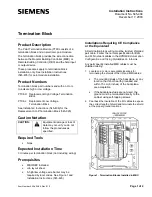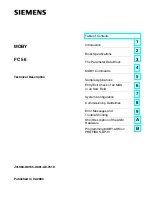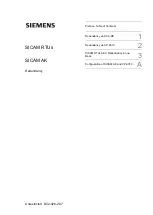
4. Configuration
107
Figure 4-17 represents some of the communication possibilities using the MODBUS TCP protocol
simultaneously with the MODBUS RTU via TCP protocol.
Figure 4-17. MODBUS TCP Communication Network
The association of MODBUS variables with CPU symbolic variables is made by the user through the
definition of the relations via MasterTool Xtorm configuration tool. It is possible to configure up to
32 relations for the server mode and up to 128 relations for the client mode. . One realtion, in server
mode, can define a big area of MODBUS data and turn it availabale for several clients. The relations
in client mode, on the other hand, must respect the data maximum size of a MODBUS function: 125
registers (input registers or holding registers) or 2000 bits (coils or input status). This information is
detailed in the description of each protocol.
All relations, in client mode or server mode, can be disabled through symbolic variables identified in
the correspondent column of MasterTool Xtorm (Disabling). The disabling may occur through these
specific bits which consequently affect specific relations.
For the server mode relations, IP addresses clusters (filters) can be defined with writing and reading
allowance. This is made through the definition of an IP network address and of a subnet mask,
resulting in a group of client IPs which can read and write in the relation variables. This information
is detailed in the MODBUS Ethernet Server protocol.
When the MODBUS TCP protocol is used in the client mode, it is possible to use the multiple
requests feature, with the same TCP connection to accelerate the communication with the servers.
When this feature is not desired or even supported by the server, it can be disabled (relation level
action). It is important to emphasize that the maximum number of TCP connections between the
client and server is 63. If some parameters are changed, inactive communications can be closed,
which allows the opening of new connections.
















































